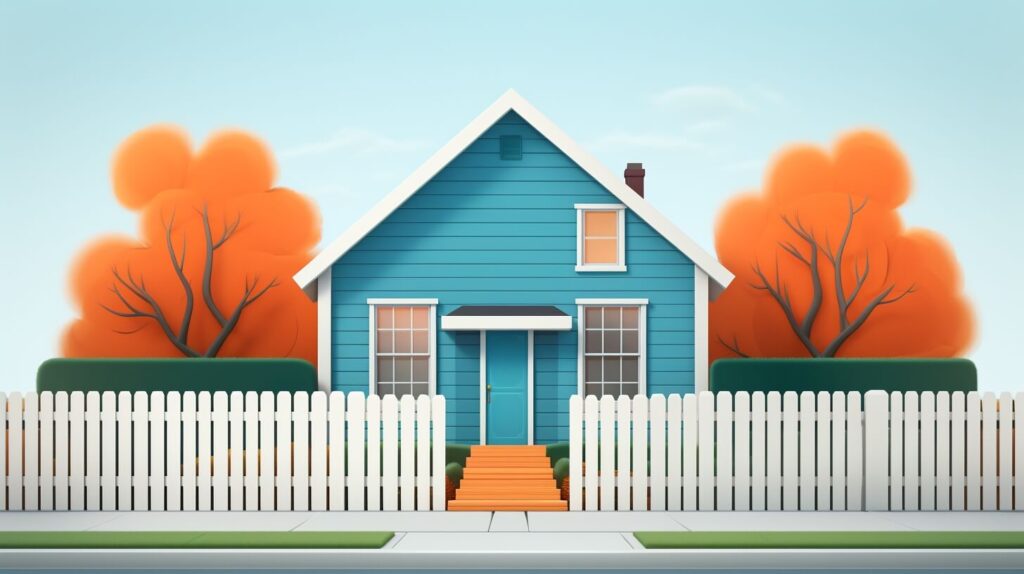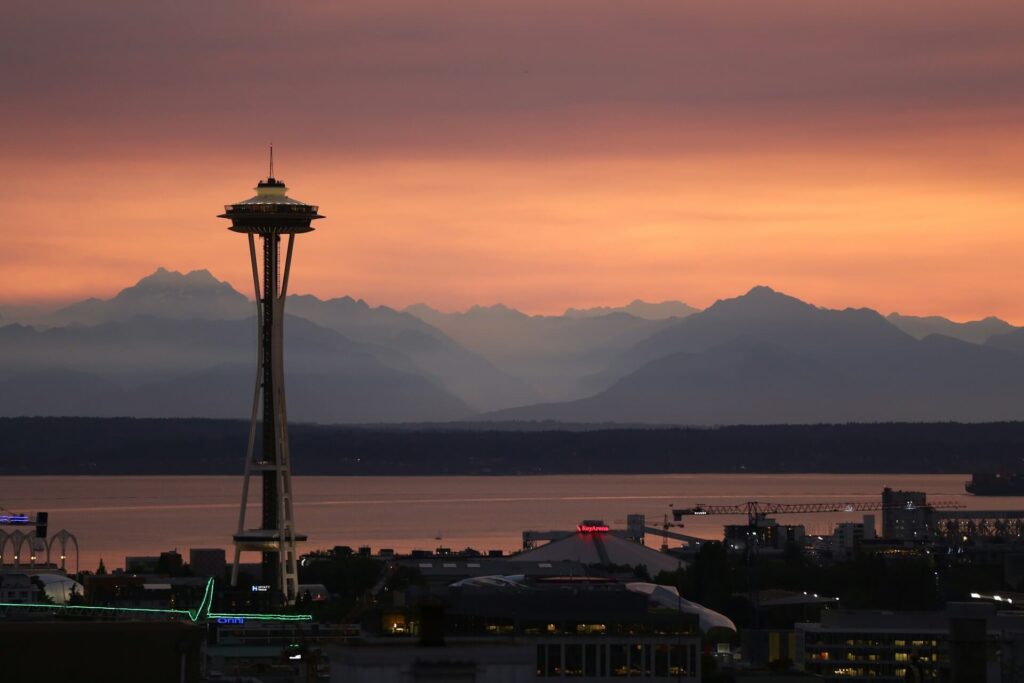
We are reader-supported. When you buy through links on our site, we may earn an affiliate commission.
Arizona attracts new residents with its constant sunshine, stunning desert landscapes and a blend of city convenience and countryside tranquility. While the state appeals to those searching for natural beauty and job prospects, it is essential to grasp the actual cost of living. Every expense influences everyday life, from increasing housing costs to fluctuating transportation choices. Although some areas align with national averages, others can put more pressure on family budgets. So, what is the cost of living in Arizona?
What are the Housing Costs in Arizona?
The housing market in Arizona remains central to its cost-of-living equation. As of June 2025, the typical home value is $430,710, marking a -2.7% change over the past year. While that may suggest cooling, competition still defines many local markets.
The median sale price is $426,033, while the median list price is $475,000. This highlights a noticeable difference between what sellers expect and how buyers behave. The sale-to-list ratio is 0.987, which reflects a market adjusting rather than stagnating. Homes now take a median of 34 days to go pending. About 15% of homes sell above asking, while 60% fall below. Arizona housing cost patterns vary by location, especially in growing cities near schools, restaurants, and other amenities.
What are the Utility and Transportation Expenses in Arizona?
Transportation costs in Arizona vary depending on your mode of travel. While commuting by car exceeds $8,000 annually, switching to public transportation costs just $972. This $7,000 difference holds powerful potential for budget relief. Renters with monthly incomes near $4,000 could save the equivalent of two months’ wages by using public transit. That savings makes up a smaller portion for homeowners earning around $8,000 monthly.
Car commuting consumes 8% of owner income and more than 15% of renters’ income, shaping how households prioritize transportation choices. While Arizona has lower utility costs in winter, high summer temperatures drive up air conditioning bills, making location and climate key factors in household expenses.

How Expensive Are Groceries?
Food prices in Arizona have risen about 24% since 2020 due to global disruptions and localized pressures. Arizona’s average monthly food spending reaches $832. For alcohol, households spend around $53 monthly.
Bird flu outbreaks, supply chain constraints and conflicts abroad have contributed to higher prices for staples like eggs, grains and produce. Arizonans spend 2.04% of their median income on groceries. Mississippi residents allocate 2.64%, while New Jersey households spend just 1.5%.
What is the Cost of Health Care in Arizona?
Health care expenses in Arizona stay below national averages, though cost still limits access for some residents. Per capita health spending is $8,756, compared to $10,191 nationwide. The average monthly cost for individual health insurance in Arizona reaches $577, while the annual cost totals $6,924. Out-of-pocket costs and high deductibles often shape decisions about seeking care.
Reducing healthcare costs would allow more residents to pursue preventive care. That shift could improve population health, reduce emergency room visits and lower premiums. Businesses would benefit through improved workforce well-being and lower insurance costs.
What Are the Education Expenses?
Arizona State University’s in-state tuition totals $12,223 per year, slightly above the national in-state average of $12,201. Out-of-state tuition is $33,139, compared to a U.S. average of $29,084.
When including food, housing, books and other fees, the total cost for in-state students reaches $33,270, while out-of-state students face $53,412. After scholarships and financial aid, the net price drops to $24,933 for in-state students and $49,074 for out-of-state students. These figures reflect growing awareness of the full cost of higher education in Arizona.
What are the Average Recreation and Entertainment Costs?
Arizona ranks high in leisure spending relative to income. Households spend 2.27% of the state’s median income of $61,529 on recreation. That makes it one of the top three states in the region for proportional entertainment costs. While optional, this type of spending supports social connection and mental health.
Arizona residents and Nevada and New Mexico spend a median of $1,398 annually on leisure activities. That total includes $558 for sporting events, $382 for concerts and theater and $309 for sports participation. Movie ticket spending adds another $65.

Frequently Asked Questions
What Is the Cost of Living in Phoenix Arizona?
In 2022 and 2023, households in Phoenix spent an average of $95,481 annually. Among major metros, San Francisco led with $110,886, while Miami sat lowest at $71,378. Phoenix ranks a single person’s living cost in Phoenix Arizona, with costs shaped by housing prices and commuting patterns.
How Much Money Do You Need to Live Comfortably in Arizona?
In 2025, a single person’s living cost in Phoenix Arizona is $101,587 annually to live comfortably in Arizona. That reflects a 4.36% increase from the previous year. You’ve probably come across the standard guideline suggesting that your rent should be about 30% of your earnings. It is possible to achieve this goal in Arizona.
What Are the Best Cities to Live in?
Queen Creek ranks as the best city to live in Arizona for its high median household income, family-friendly atmosphere and strong housing market. Gilbert follows closely with excellent schools, low crime and a growing economy, offering both affordability and quality of life. Marana comes in third, praised for its slower pace, scenic desert setting and relatively low housing costs. Each city balances livability, cost and community, making them top choices for Arizona residents.
Is It Expensive to Live in Arizona?
Arizona ranks among the least affordable states when factoring in regional cost of living. It has the fourth-lowest purchasing power nationwide, with an average disposable income of $55,333, 2.9% below the national average. Despite lower wages, essential costs remain high, reducing overall spending power.
What Is the Cost of Living in Arizona? What to Consider Before Moving
Relocating to Arizona provides a warm climate, opportunities for outdoor activities and a robust job market. However, the affordability situation is quite varied. Whether you live in Phoenix or a smaller town, having a clear understanding of the overall living costs can lead to a more sustainable way of life.







